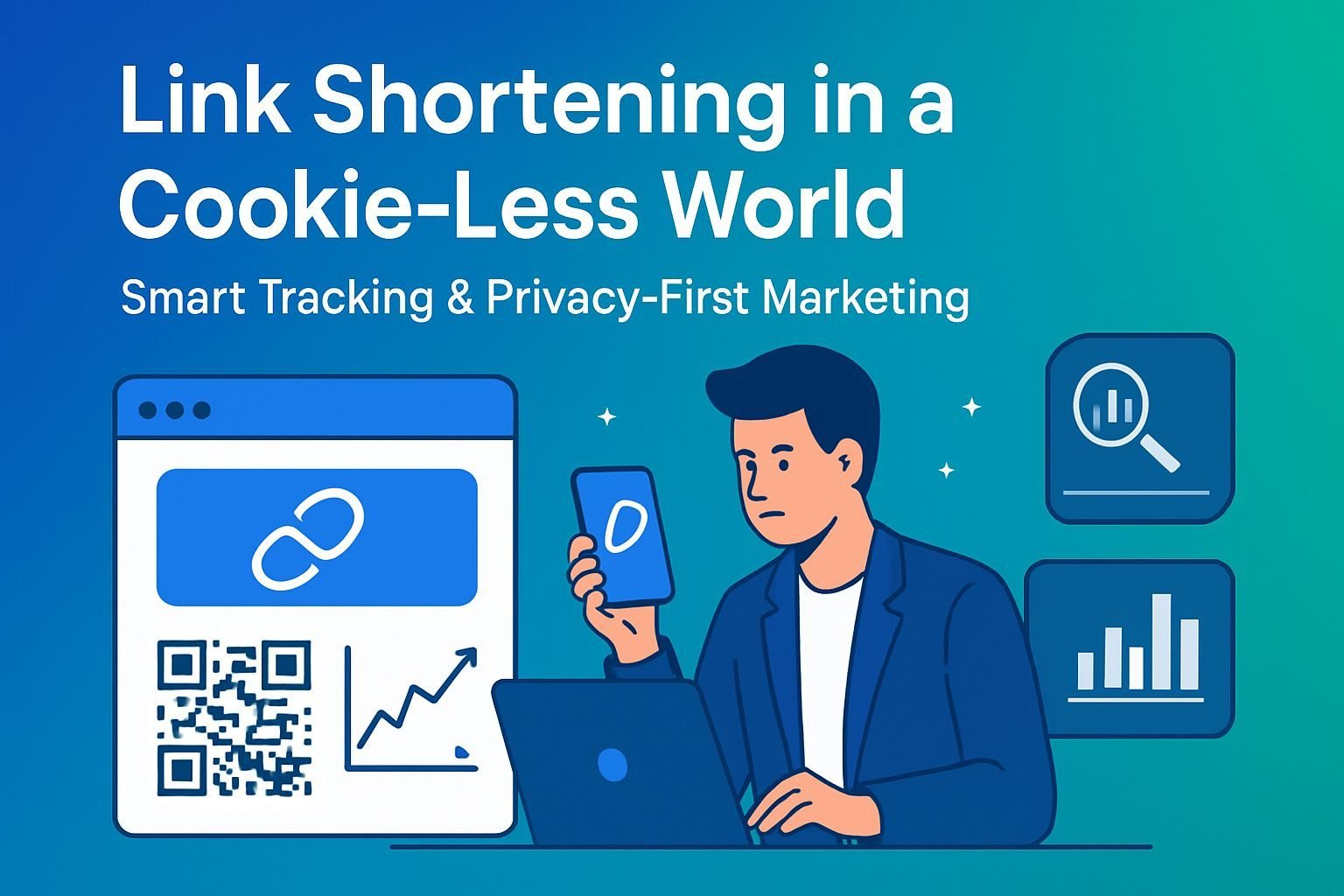
Introduction
With the decline of third-party cookies, marketers face a new challenge: how to track users, optimize campaigns, and measure conversions without relying on invasive tracking.
Fortunately, smart links and QR codes provide a privacy-compliant alternative. Platforms like Simplixir allow you to track engagement, personalize redirects, and measure ROI — all while respecting user privacy.
Learn more about privacy-friendly analytics: Analyzing Web Traffic Without Compromising Visitor Privacy.
Why the Cookie-Less Era Matters
Third-party cookies have been a cornerstone of online advertising for years. But recent privacy regulations (GDPR, CCPA) and browser restrictions (Safari, Firefox, Chrome) mean marketers can no longer rely solely on cookies for tracking.
Key consequences include:
Loss of granular retargeting data
Challenges in multi-channel attribution
Reduced accuracy in conversion tracking
External expert insights:
Google’s Privacy Sandbox outlines new tracking alternatives (Google Privacy Sandbox).
HubSpot emphasizes privacy-first marketing strategies (HubSpot Blog).
How Smart Links Solve Cookie Challenges
Smart links offer a cookie-less tracking solution by collecting first-party data at the link level.
Benefits include:
Device and location insights — See which devices, countries, or browsers engage most.
Dynamic redirection — Automatically route traffic to the most relevant page, language, or campaign.
UTM and campaign parameters — Combine smart links with UTM tags to monitor conversions without cookies.
QR code integration — Track offline interactions seamlessly via Simplixir QR Codes.
Read more about implementing smart links effectively: Smart Links in 2025: Beyond URL Shortening.
Privacy-Friendly Tracking Techniques
Beyond smart links, marketers can adopt several privacy-first approaches:
First-party analytics — Tools like Google Analytics 4 rely on first-party cookies and event-based tracking.
Consent management platforms (CMPs) — Allow users to control tracking preferences.
Server-side tracking — Collect engagement metrics directly on your server rather than the client.
Predictive modeling — Estimate conversions using aggregated behavioral data, without identifying individual users (Search Engine Journal).
Best Practices for Cookie-Less Link Management
✅ Use branded short domains for trust and click-through optimization (Simplixir Bio Profiles).
✅ Track campaign-specific links for precise attribution.
✅ Combine QR codes and links to unify offline and online campaigns.
✅ Monitor user engagement in real-time via dashboards (Simplixir Dashboard).
✅ Stay compliant — review policies such as Privacy Policy and Cookie Policy.
Case Study: Successful Cookie-Less Campaigns
Several brands are thriving in the cookie-less era by leveraging smart links:
E-commerce: Redirects returning visitors to personalized product pages.
Events: Track QR code scans at offline conferences and connect them to email follow-ups.
Content creators: Monetize bio links and track clicks without invasive cookies (Simplixir Bio Profiles).
External reference: Google highlights that privacy-conscious tracking can still yield measurable ROI (Think with Google).
Conclusion
The cookie-less world isn’t a limitation — it’s an opportunity. By using smart links, QR codes, and privacy-first tracking, marketers can:
Maintain accurate campaign analytics
Personalize user experiences
Respect user privacy
Maximize ROI
Platforms like Simplixir make this transition seamless, letting you create, track, and optimize links in a privacy-compliant way.
Explore more and start your cookie-less journey today: Simplixir Pricing & Tools.
